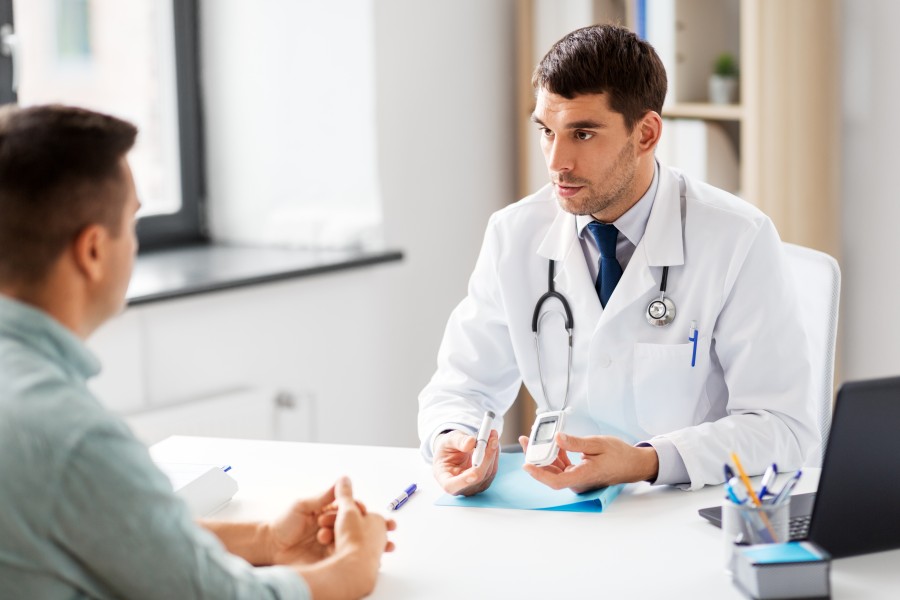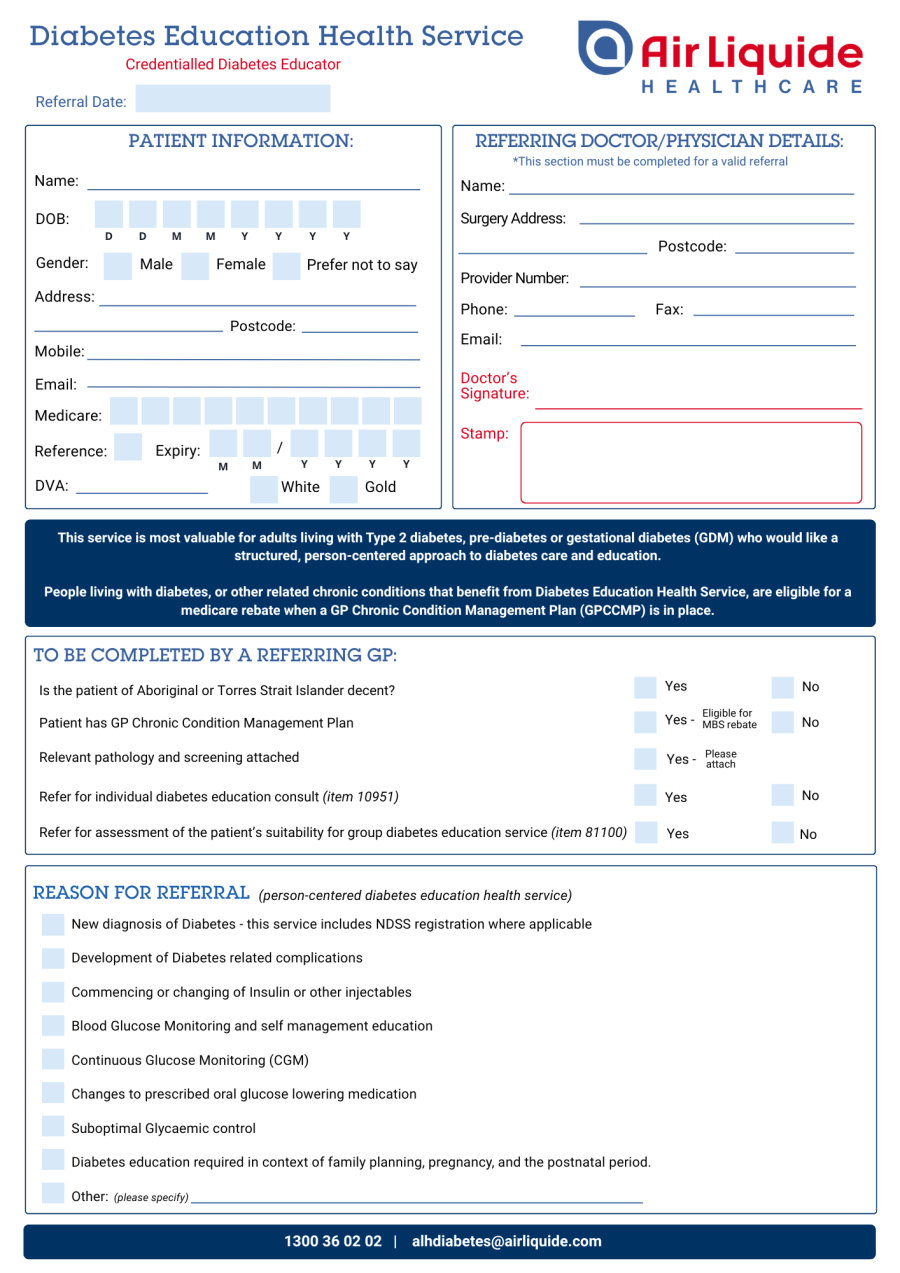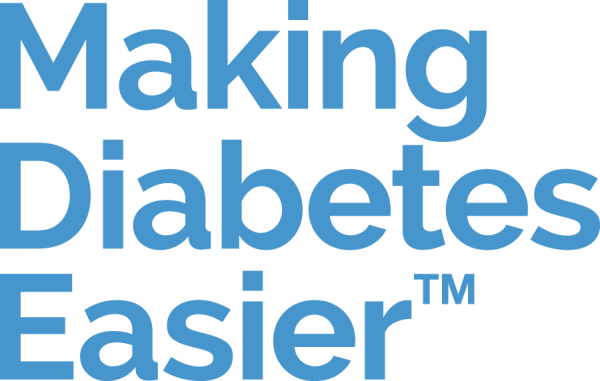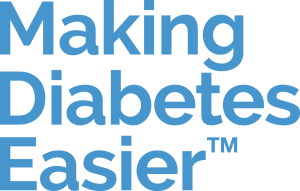Hyperglycaemia treatment

Hyperglycaemia treatment
If you have been diagnosed with diabetes, you may have heard of hyperglycaemia — high blood sugar or blood glucose [1].
You might have learned about the causes and symptoms of hyperglycaemia, or your healthcare team might have taught you how to check if your blood glucose is high.
This article will look at how you can treat hyperglycaemia once you have recognised it, some situations where you might want to get help to treat high blood glucose, and how to reduce the chance of another episode.
Diagnosing hyperglycaemia

Diagnosing hyperglycaemia
Before you can diagnose and treat hyperglycaemia, you will need to recognise the signs that your blood glucose might be high. You may not get the same set of signs as someone else, so you will have to learn what a hyperglycaemic episode feels like to you.
Notice the signs
The first step to detecting your hyperglycaemia is to notice the signs that you get when your blood glucose is high.
The signs of hyperglycaemia can include [1, 2]:
- Breing extremely thirsty
- Urinating a lot
- Feeling very tired
As hyperglycaemia progresses and becomes more severe, there can also be changes to your mental state, you can feel lethargic, and you may have trouble concentrating or seeing [1, 2].
If you have a condition associated with high blood glucose called diabetic ketoacidosis (DKA), you may also feel nauseous or vomit, feel pain in your abdomen, or have rapid breathing [1, 2, 3].
Check your blood glucose
The next step if you think your blood glucose might be high is to check it.
Many people use a handheld glucose meter to check a small sample of their blood and measure the glucose in it [4]. This is known as ‘capillary blood glucose monitoring’ or capillary BGM. Your healthcare team may have explained the process to you, as frequent blood glucose monitoring can help guide you in various aspects of diabetes management, such as deciding what insulin dose to take and food intake [4].
Some people with diabetes may use continuous glucose monitoring (CGM) to measure their glucose levels too [4]. CGM devices measure glucose levels in the interstitial fluid (the fluid which surrounds the fatty tissue) via a sensor, and come in two forms [4]. One type of CGM will give you a continuous readout of your blood glucose — receiver, mobile app, smartwatch or pump — and may have alarms to alert you if you are going out of range [4]. The second type tells you what your blood glucose is when the CGM transmitter is scanned by a reader or smartphone [4].
Another method of measuring blood glucose that you may have heard of is the HbA1c test [4]. Your healthcare team may have talked to you about this test, or you may have had blood taken for it when having a diabetes checkup.
However, the HbA1c test does not measure the same thing as the blood glucose test — it is used to evaluate your long-term glucose management [2, 4]. Your HbA1c is a measure of what your average blood glucose levels have been like over the last three months [4]. Unlike the blood glucose meter and the CGM, it cannot tell you what your blood glucose is right now [4].
Hyperglycaemia treatment
For people with type 1 diabetes, episodes of hyperglycaemia can happen every day [2]. This can be for a number of reasons, such as not taking enough insulin (if you miss a dose or don’t take enough insulin for your carb intake, for example [2]). Other things can lead to high blood glucose too, such as stress, illness or intensive exercise [2].
Although this can be frustrating, it rarely creates a medical emergency [2].
How to lower blood glucose when you have type 1 diabetes
Most of the time, high blood glucose is treated with insulin [2]. Your healthcare team will discuss with you what counts as high and low blood glucose for you so that you will know your own individual targets [5].
When you are giving yourself insulin, there are two types of doses you can give — basal and bolus [6].
The basal dose provides your baseline insulin needs [6]. If you are giving yourself insulin by injection, you will probably administer this once or twice a day with a long-acting type of insulin [6]. If you use an insulin pump, then your basal dose is the rapid-acting insulin that the pump gives you all the time [6].
Another type of dose is called a bolus dose [6]. The bolus dose is what you give yourself to manage changes in your blood glucose that would be caused by eating [6]. It can also be used to reduce your blood glucose if it is out of range [6]. If you are giving yourself insulin by injection, then this is more likely to be a rapid-acting type of insulin [6]. If you are using an insulin pump, the bolus can be given by a rapid dose of the insulin from your pump [6].
Treating a hyper epsiode
If you are having a ‘hyper’ — hyperglycaemic episode — the first thing you should do to treat is take insulin [2].
Your doctor or diabetes team should explain your ‘correction factor’ to you — the amount of insulin you will need to lower your blood glucose with [2].
If you use a syringe or pen to take insulin and your blood glucose has not responded within two hours, you can take a second ‘correction’ dose [2].
It’s important not to take too many doses of insulin, as this can lead to hypoglycaemia — low blood glucose. It’s worth remembering that insulin takes 20 to 30 minutes to work and continues to have an effect for 4 to 5 hours [2].
While having a hyper episode, you should drink a lot of water or other carbohydrate-free drinks [2].
You should call your GP if your blood sugar stays high after taking insulin [2].
What to do after having a hyperglycaemic episode
After having had high blood glucose, you might need to take a few steps.
To ensure that you have treated your high blood glucose successfully, you may need to check your blood glucose more often than you usually would [5].
You might want to think about how much insulin you take [5]. At your next discussion with your healthcare team, they may decide to change how much insulin you take, when you take it, or the type of insulin that you give yourself [5].
As always, if you have any concerns about your blood glucose levels, the dose of insulin, or the type of insulin that you are taking, you should discuss them with your diabetes team.
Emergency treatment of hyperglycaemia
There are two major diabetic emergencies that are associated with high blood glucose — diabetic ketoacidosis (DKA) and hyperglycaemic hyperosmolar state (HHS) [7].
In both conditions, you have high blood glucose and dehydration [7]. The management of both conditions will involve some of the same treatments, although they may be given at different rates [7]:
- Fluids. These will usually be given by a drip into a vein [7]. This is to correct the significant dehydration which both conditions can cause [7]
- Insulin. This may be given into one of your veins as a fixed-rate infusion [7]. The insulin drip will help bring your blood glucose down to more normal levels [7]
- Replacement of electrolytes. As part of these syndromes, the levels of the chemicals in your blood can become abnormal [7]. You may be given drips containing electrolytes such as potassium until your levels reach normal [7]
If you are unwell, especially if you have measured your ketones and found them to be raised, you should seek medical assistance.
How to prevent hyperglycaemia

How to prevent hyperglycaemia
If you have had repeated episodes of high blood glucose, or have had emergency treatment, you might want to discuss with your healthcare team about ways to keep your blood glucose in range [5].
Your doctor may want to talk with you to see if there are any barriers to taking your diabetes medication as it has been prescribed [5]. If you are taking your medication correctly but still experiencing hyperglycaemia, your team may suggest making changes to the medication that you take to improve blood glucose management [5].
Studies have shown that people with better blood glucose management [8]:
- Check their blood glucose more often
- Miss their insulin doses less frequently
- Give their bolus doses before a meal rather than during or after
- Exercise more frequently
If you think that your episodes of hyperglycaemia might be due to difficulties with measuring your blood glucose, speak to your healthcare team about the most suitable method for checking your glucose levels [9].
Hyperglycaemia, or high blood glucose, can lead to short-term and long-term complications [6, 7]. Over time, you can learn to recognise the early signs of hyperglycaemia [1].
By knowing your blood glucose targets, and with the help of your healthcare team, there are steps that you can take to manage hyperglycaemia and reduce the chance of further episodes [5, 6].
Sources:
- Mouri M, Badireddy, M. Hyperglycaemia. StatPearls. Treasure Island (FL): StatPearls Publishing; 2022 Jan. Available from: https://www.ncbi.nlm.nih.gov/books/NBK430900/
- JDFR. Type 1 Diabetes High Blood Sugar Symptoms: Hyperglycemia Symptoms. Accessed August 2022. Available at: https://www.jdrf.org/t1d-resources/about/symptoms/blood-sugar/high/
- Trachtenbarg, D. E. Diabetic Ketoacidosis. American Family Physician; 2005, 71(9): 1705-1714.
- Holt, RIG et al. The Management of Type 1 Diabetes in Adults. A Consensus Report by the American Diabetes Association (ADA) and the European Association for the Study of Diabetes (EASD). Diabetes Care. 2021; 44 (11): 2589–2625
- Centers for Disease Control and Prevention (CDC). Manage Blood Sugar. Accessed April 2022. Available at: https://www.cdc.gov/diabetes/managing/manage-blood-sugar.html.
- Cooke, DW, Plotnick, L. Type 1 diabetes mellitus in pediatrics. Pediatr. Rev. 2008; 29: 374-385.
- Dhatariya, K. Blood Ketones: Measurement, Interpretation, Limitations, and Utility in the Management of Diabetic Ketoacidosis. The review of diabetic studies. 2016;13(4):217-225. doi:10.1900/RDS.2016.13.217.
- Simmons, JH et al. Differences in the Management of Type 1 Diabetes Among Adults Under Excellent Control Compared With Those Under Poor Control in the T1D Exchange Clinic Registry. Diabetes Care. 2013; 36 (11): 3573–3577.
- Deiss, D. et al. Improved Glycemic Control in Poorly Controlled Patients with Type 1 Diabetes Using Real-Time Continuous Glucose Monitoring. Diabetes Care. 2006; 29 (12): 2730–2732.

